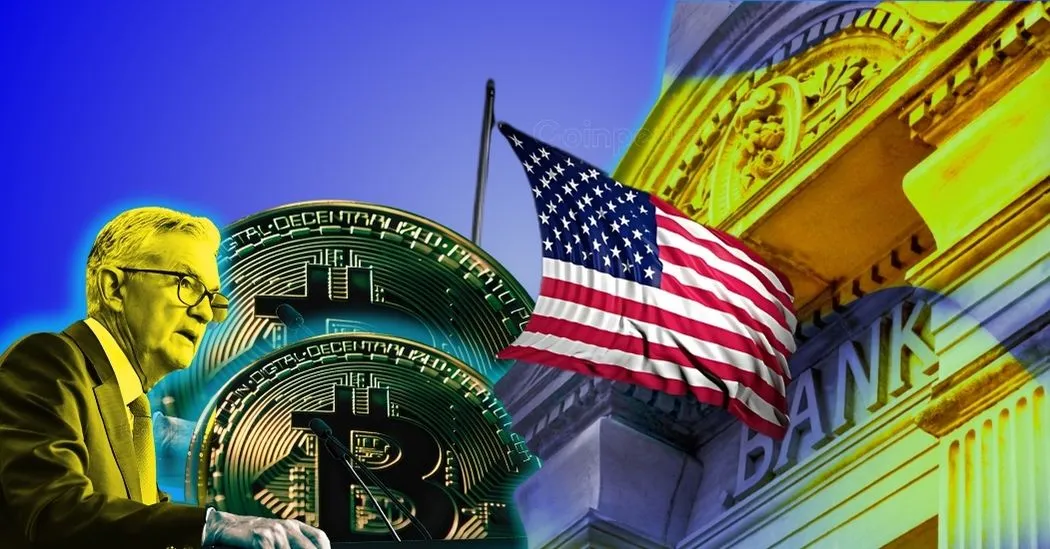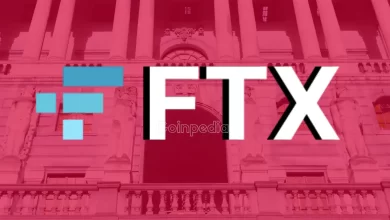
The Federal Reserve has eased restrictions on banks' involvement with cryptocurrencies and dollar tokens.
Banks no longer need prior approval for crypto activities, which will now be overseen through standard supervision.
This policy reversal signals a more open approach to digital asset innovation within the U.S. banking system.
The U.S. Federal Reserve has officially rolled back key rules that once restricted how banks engage with cryptocurrencies and dollar-backed tokens. The move marks a significant step toward easing regulatory pressure and signals growing openness to digital asset innovation within the U.S. banking system.
Let’s take a closer look at what changed and why it could be a big deal for the future of banking and crypto in the U.S.
Fed Drops 2022 Rule on Crypto Service Approvals
One of the biggest changes is the removal of a 2022 guideline that required state-chartered banks to notify the Fed before offering crypto services.
Under the new approach, banks no longer need to give advance notice. Instead, the Fed will supervise crypto activities like any other banking service—through its regular oversight process. This makes it easier for banks to explore crypto without dealing with extra layers of approval.
Stablecoin Restrictions Loosened
The Fed also scrapped a 2023 rule that required banks to request a “nonobjection letter” before getting involved with dollar-backed tokens, such as stablecoins.
With that rule gone, banks can now move ahead with stablecoin-related services – like issuing or handling dollar tokens – without waiting for a green light from the Fed. That’s a major step toward reducing red tape and speeding up stablecoin adoption in the traditional banking system.
The Federal Reserve, along with the FDIC and the Office of the Comptroller of the Currency (OCC), also withdrew two joint statements from last year. Those memos had warned banks to be cautious when getting into crypto.
Now, with those warnings removed, it’s clear that regulators are shifting toward a more open and flexible approach. This could encourage more banks to explore crypto partnerships or launch their own digital asset projects.
Not a Free-for-All, But a Big Step Forward
While these changes ease restrictions, the Fed emphasized that crypto oversight isn’t going away. Regulators will still supervise digital asset activities and work on new rules that promote innovation without risking the stability of the banking system.
The message is clear: crypto is no longer off-limits, but it’s still under watch.
The timing of this move caught attention in the crypto world. Vandell Aljarrah, co-founder of Black Swan Capitalist, pointed out that just days after he was dismissed from a Fed advisory role for supporting crypto, the Fed reversed course.
“It’s validating to see the Fed now encouraging the very innovation they once blocked,” he said.
His comments highlight just how quickly the regulatory tone has shifted.
What This Means for Crypto and Traditional Banking
These updates could give U.S. banks the confidence to move further into crypto, especially in areas like stablecoins and tokenized dollars. With fewer approval requirements, innovation may pick up pace.
Never Miss a Beat in the Crypto World!
Stay ahead with breaking news, expert analysis, and real-time updates on the latest trends in Bitcoin, altcoins, DeFi, NFTs, and more.
FAQs
The Federal Reserve’s rollback of crypto guidance marks a shift from caution to cautious openness. By removing approval hurdles, it signals support for innovation and aligns with FDIC and OCC moves—making crypto more accessible for U.S. banks.
Not directly—but the signs point in that direction. By removing the requirement for banks to seek formal nonobjection letters before engaging in dollar token activities, the Federal Reserve has eased the path for stablecoin involvement. While it hasn’t officially endorsed stablecoins, this policy shift shows a more open attitude toward their use in the banking system.
It means fewer barriers and more flexibility. Banks no longer need to go through extra approval processes to offer crypto or stablecoin services. With the Federal Reserve shifting to standard supervision, banks can now explore crypto opportunities more confidently and at a faster pace—without waiting for special permissions.







